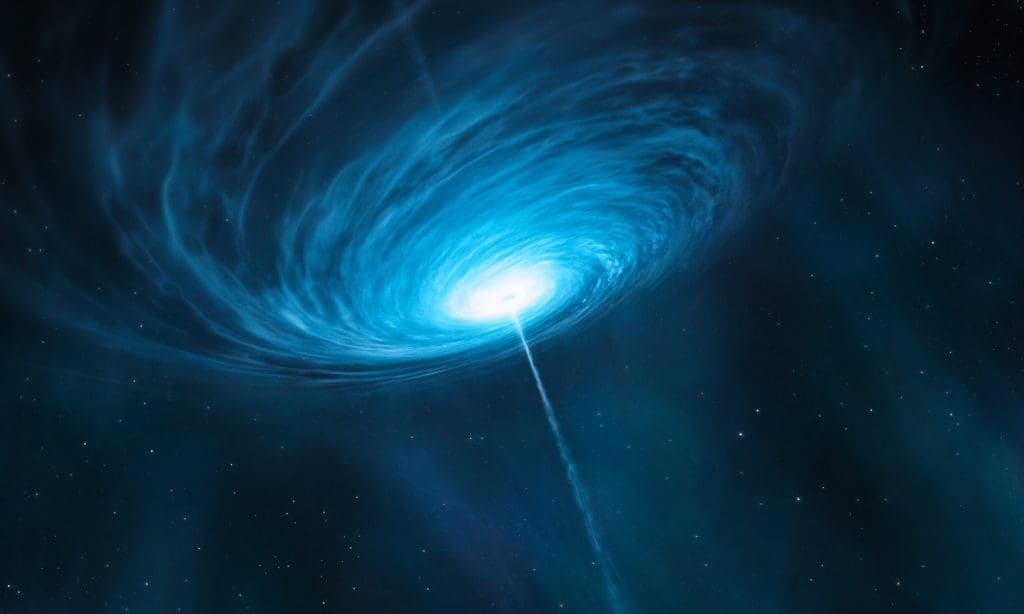Deep studies made by the joint NASA-Italian Space Agency Imaging X-ray Polarimetry Explorer (IXPE) into the heated plasma enveloping a black hole are assisting in our understanding of how black holes both devour and spit out stuff.
In order to examine some of the universe’s most energetic objects, including pulsars, neutron stars, and quasars, IXPE was launched in December 2021. It achieves this by looking at how these very polarized objects’ X-rays are polarized. Sunglasses operate on the concept of polarization; they exclude all light except that which oscillates in a certain direction. Similar to polarized X-rays, which are electromagnetic waves oscillating mostly in one direction, IPXE detects polarized X-rays.
Black Hole Ripped The Star Apart 3 Years Ago
Principal investigator Henric Krawcynski from Washington University in St. Louis stated that the polarization is “transparent and inclusive about how the X-rays were produced” in a statement. The polarization also reveals “whether and where [the X-rays] reflect off stuff close to it,” according to Krawcynski. IXPE detected Cygnus X-1, an X-ray binary system in the constellation Cygnus the Swan that consists of a 21 solar mass black hole and a 41 solar mass partner star 7,200 light years distant. The star partner is being torn apart by the black hole’s gravity, and this torn-apart stuff is generating a flow of gas that swirls all around the black hole and creates an “accretion disk.”
The temperature of the gas is increased by friction within it to millions of degrees, which is high enough to release X-rays. The NICER experiment onboard the International Space Station and secondary X-ray observations from NASA’s NuSTAR mission and IXPE have provided information on the nature and location of the material that is generating X-rays surrounding Cygnus X-1’s black hole.



